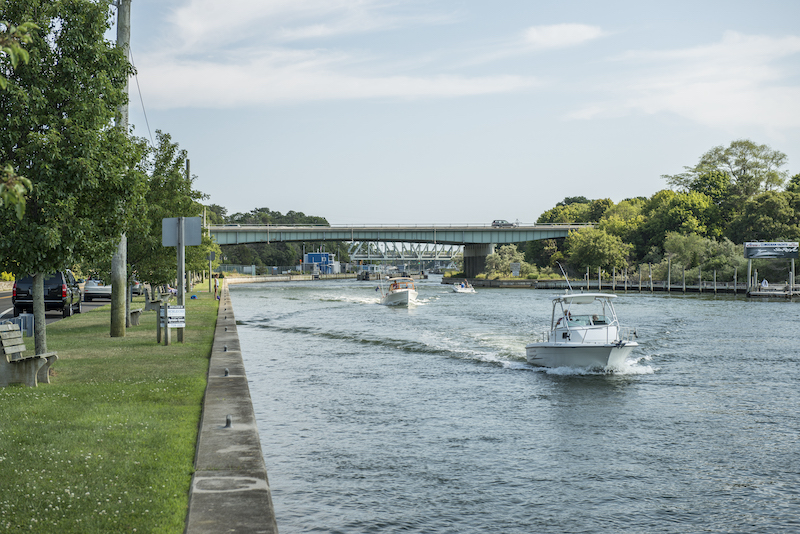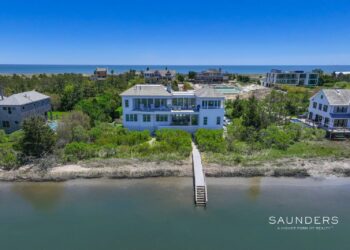
The Shinnecock Canal, a pivotal waterway in the Hamptons, stands as both a marvel of engineering and a testament to the rich history of the area. Its story begins in the early 19th century, rooted in the vision of connecting Shinnecock Bay to Peconic Bay, creating a navigable shortcut for maritime traffic that would otherwise have to navigate the treacherous waters around Montauk Point.
The idea for such a canal was not new; proposals for a waterway linking the bays can be traced back to as early as 1818. However, it wasn’t until the late 1880s that this vision started to take form. The dream was to simplify the journey for fishing and shipping vessels, cutting down on travel time and avoiding the dangers of the open sea. It also promised economic boons for the local communities by enhancing trade and commerce.
Industrial efforts made by New York were built upon the existing efforts to open the canal by Metoac Indian Chief Mongotucksee. As noted in the 1896 text Early Long Island, A Colonial Study, the contributions made by Tribal nations to utilize this location were known contemporaneously. The site had for generations been known as “Canoe Place – Merosuck… the portage between…the bays.”
The construction of the Shinnecock Canal was an ambitious project. Finally, in 1884, after years of discussion, planning, and overcoming numerous obstacles, construction began. Engineers faced significant challenges, not least of which was the engineering expertise required to dig through miles of land to create a waterway that would be functional and sustainable. The work was labor-intensive and required a workforce that included local residents and immigrants, all contributing to a project that would shape the future of the region.
The canal officially opened in 1892, immediately altering the maritime landscape of Long Island. It allowed boats to pass from the Atlantic Ocean into the Great Peconic Bay, and vice versa, with ease. The canal was initially a success, celebrated for its impact on reducing travel times and providing safer passage for vessels. Over the years, it has undergone several expansions and improvements to accommodate larger vessels and to enhance its efficiency.
Despite its practical purposes, the Shinnecock Canal also has a cultural and environmental significance. It marks a physical and symbolic connection between different parts of the Hamptons, representing the ingenuity and resilience of its people. The area around the canal has become a popular spot for recreation, including fishing, boating, and enjoying the scenic beauty of the Hamptons’ waterways.
However, the canal’s construction and operation have not been without controversy, particularly concerning its impact on local ecosystems and water quality. Efforts have been made to address these issues, ensuring that the canal remains a vital asset to the community while minimizing its environmental footprint.
Today, the Shinnecock Canal is more than just a waterway; it’s a historic landmark, a symbol of the community’s connection to the sea, and a crucial artery for maritime traffic. Its story, from ambitious ideas to essential infrastructure, is a captivating chapter in the history of the Hamptons, reflecting the area’s evolution, challenges, and triumphs.












